Vegetating everyday life by Studio Alexis Tricoire
Approaching plants through design is the mission of Alexis Tricoire. In 2009, he created Studio Alexis Tricoire and offered companies and institutions plant installations “with high emotional value”. Furniture, object design, monumental work, scenography and landscaping, nature is always present, if not suggested, in the works of the designer who is keen to combine his aesthetic ambitions with the current climate emergency.

Leader in vegetal scenography in France, you have seen the practice evolve over the years.
In 2009, when I created the Alexis Tricoire studio, vegetal scenography was an unusual area. Back then, society barely talked about ecology and climate change. There was an innovative dimension in the idea of associating design with plants and depicting nature. Today, more than the purely aesthetic dimension, vegetal design focuses more on the well-being that plants provide: the quality of the air, its ability to cleanse, to humidify an environment …
Within the Alexis Tricoire studio, how did you change the practice of plant design?
By implementing a code of ethics in the way we work. Our projects respond to eco-construction principles; with choices of sustainable, recyclable, recycled materials. The creations are removable for easy replacement and recycling.
We also take a strong interest in the ethical dimension, that is to say the preservation of wild nature. Areas of great biodiversity, tropical forests, wetlands, are never areas with which we work. Just like mosses, especially Nordic ones, which take years, even centuries to reproduce. Because we cannot create without impact, we try to minimize it, in particular by upgrading the materials we use within a short circuit.
What characteristics do you like to play in your plant scenographies?
I particularly like projects that combine aesthetic and environmental issues, such as what we have put in place for the Carré Michelet. For this office yard, we wanted to provide services for users. The furniture makes it possible to eat, work and welcome outdoors, next to the planters which are a link with nature. We worked with a preservation committee: 100 different plant species are present on the site, of which 80 are local species where there are installations for birds.
Which project is emblematic of Studio Alexis Tricoire?
La Nature en Lévitation is a representative installation, combining symbolism and technology in the Angers station, which is the greenest region in France. We have partnered with local research units to develop an installation featuring trees hanging inside the station. This automated installation with its misters and non-draining water management, whose hydration levels are visible in real time, has been in place for 4 years already. It is associated with a range of street furniture, which allows travelers to sit around these hanging trees. The latter were chosen in particular for their slow growth so as not to have to change them, to withstand the cold draft of the station, the torid heat of summer.
Vegetation holds a key place in your work. Sparingly, you also work with the flowers.
Indeed, I work mainly on landscapes. When the flowers appear, they are a gift of life to me. Perceiving them as a surprise from nature correlates with our ethics of sustainability. Otherwise, I particularly like orchids, for their ability to bloom again. I also like flowering plants. Growing them and understanding that they blossom only once in the season is a gesture of permanent care for them, but also for us.
What are your inspirations?
What interests me today is the transformation of the urban areas. For centuries, the city was made to protect us from the frightening nature. Today that paradigm is overturned. As a society, we understand that a green city is more beneficial to living than a mineral city. The Beaubourg Museum, designed in the 1980s is an ode to industry. On the contrary, the Musée du Quai Branly created in 2006, a sort of park in the city, is totally the opposite. We realize that we want to integrate nature into culture, two elements that go together. Green roofs, vegetable gardens, and shared gardens transform the city. These spaces are not just places of consumption, but places of well-being, meetings, rest…
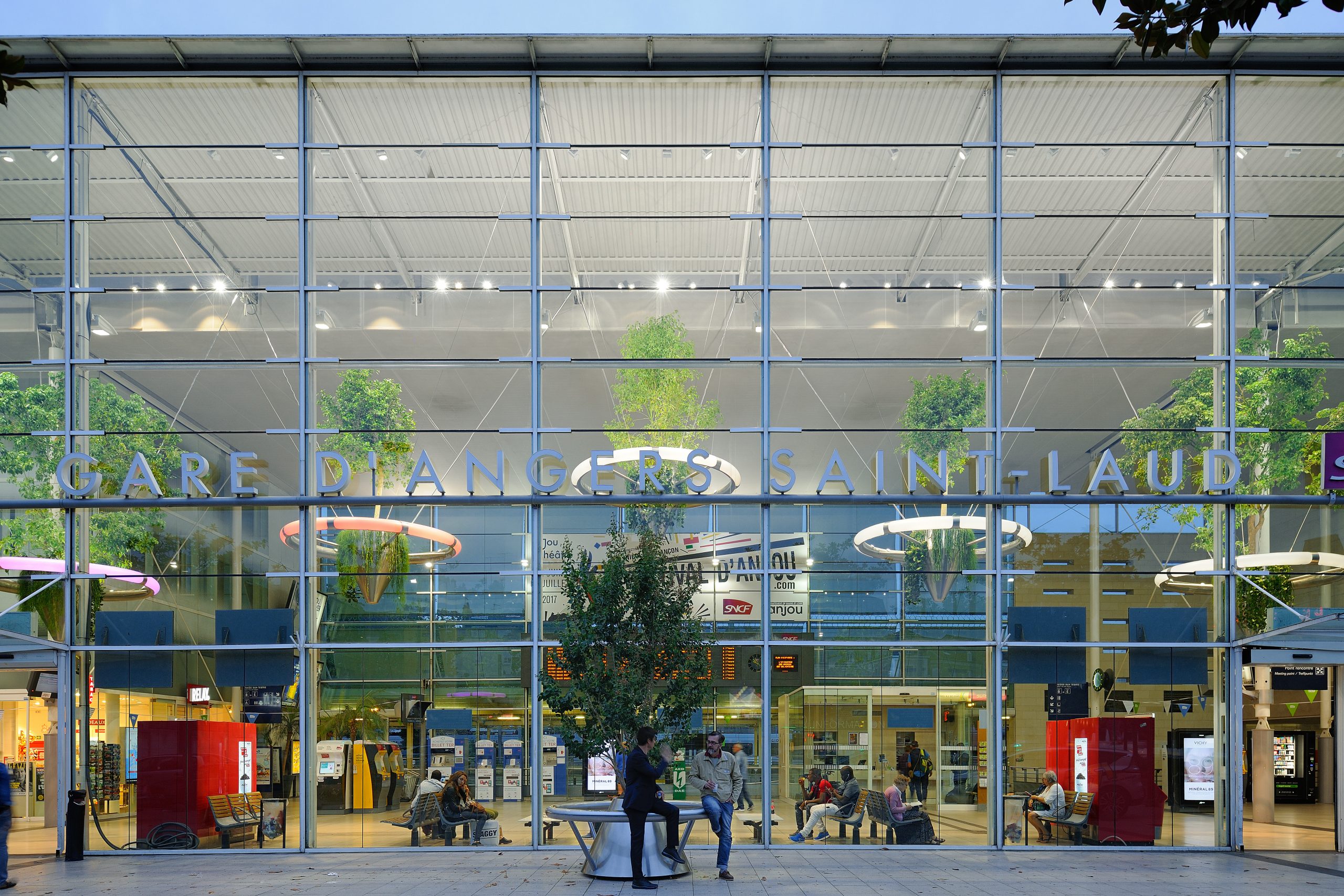
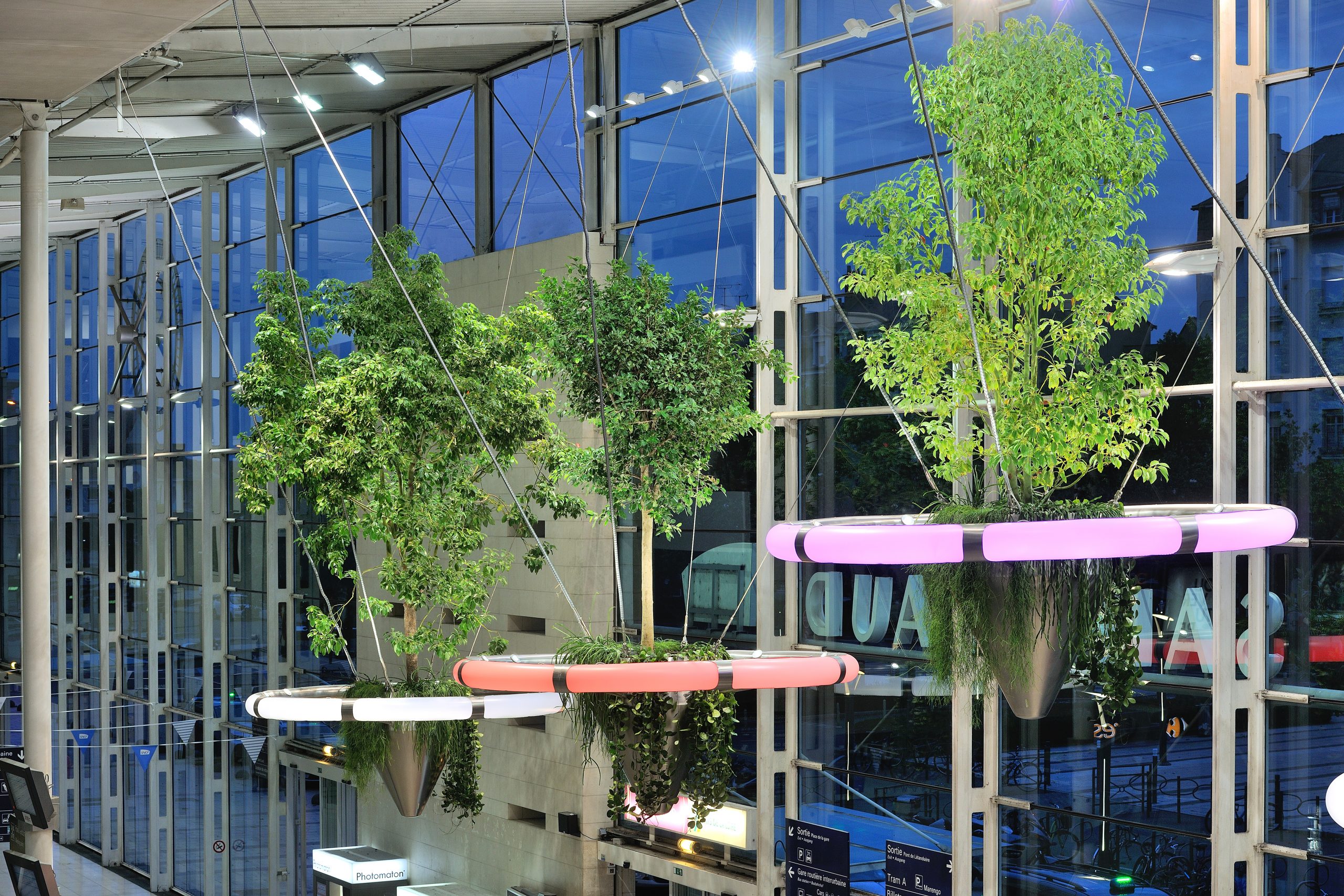

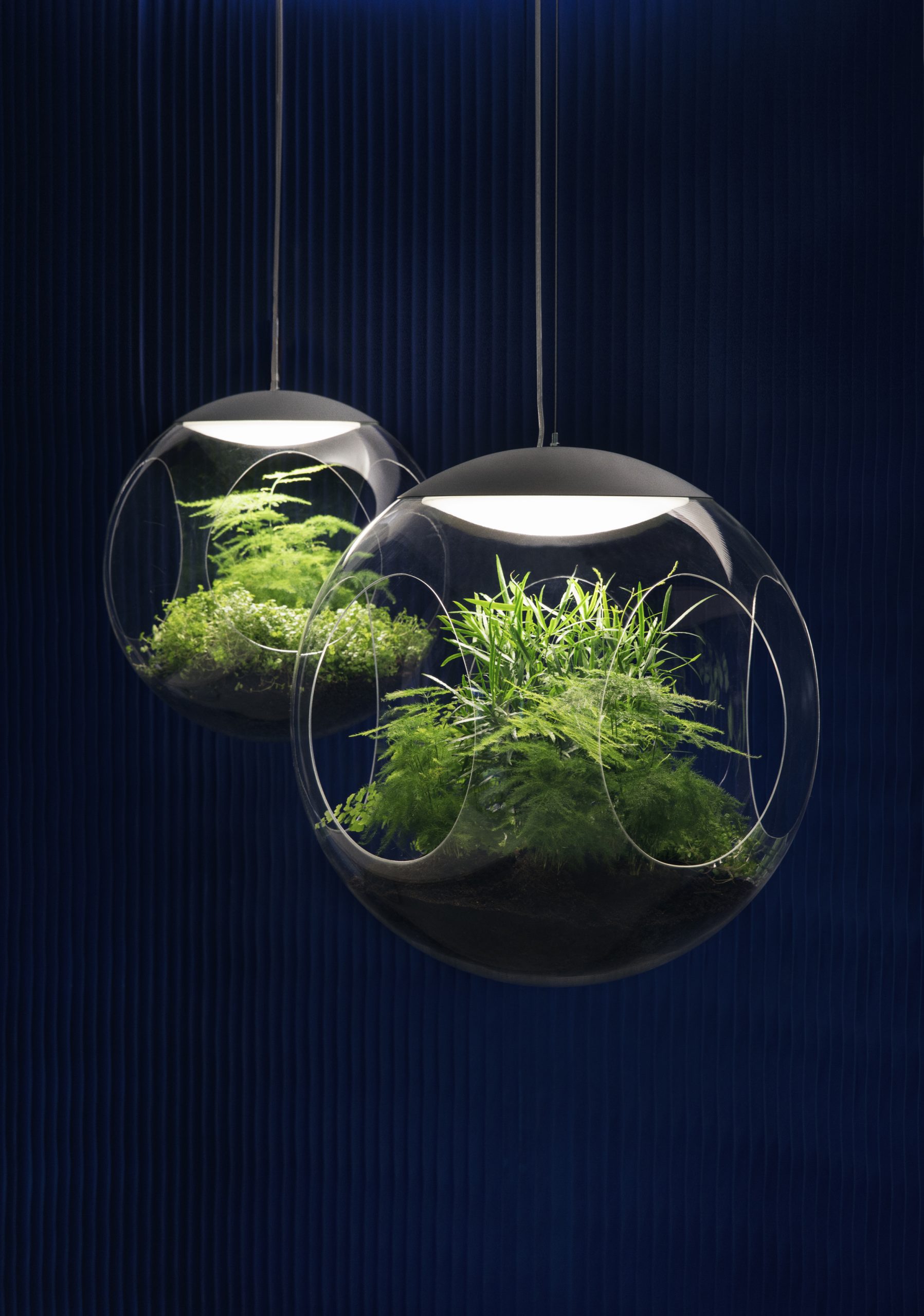
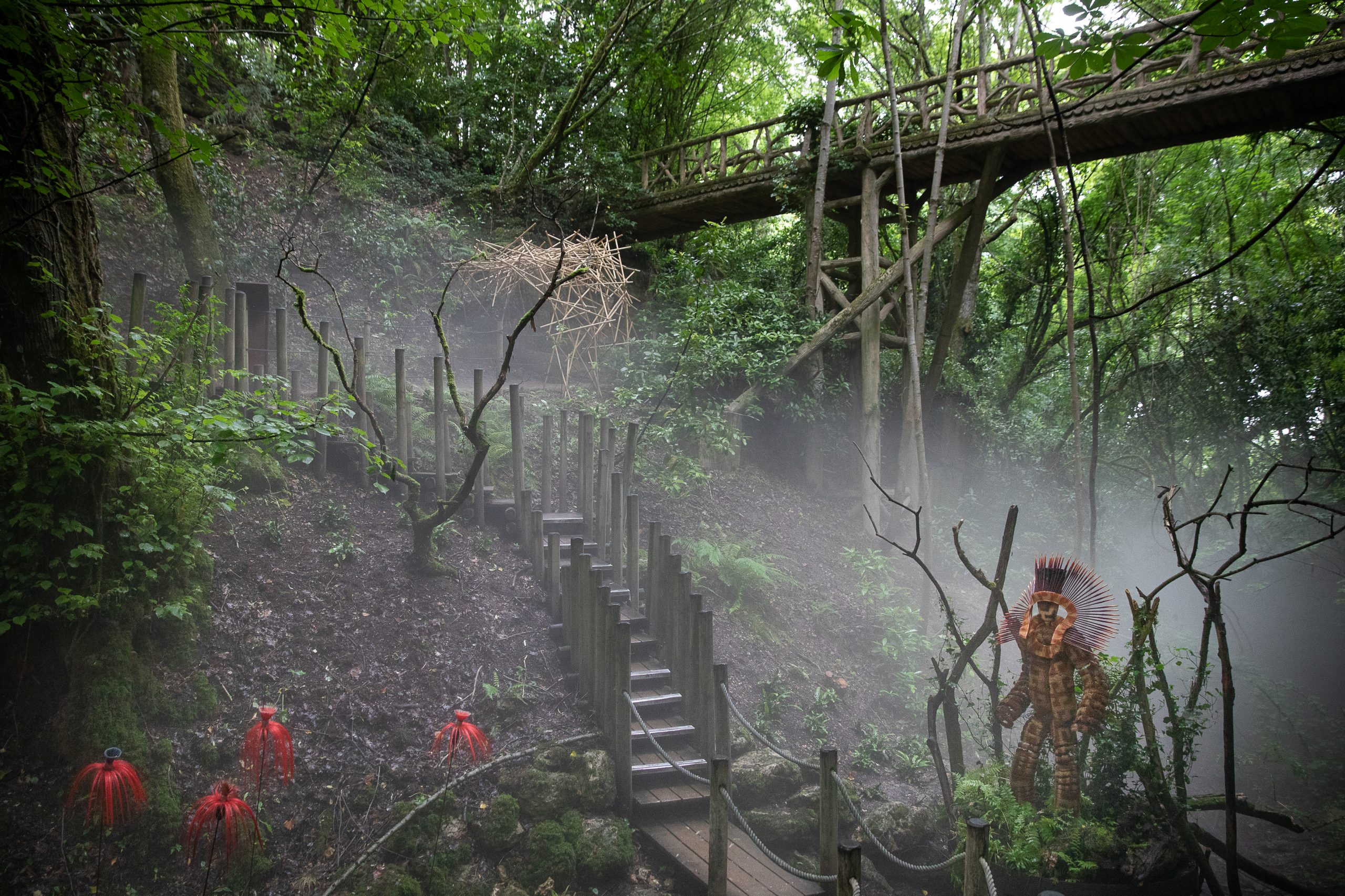
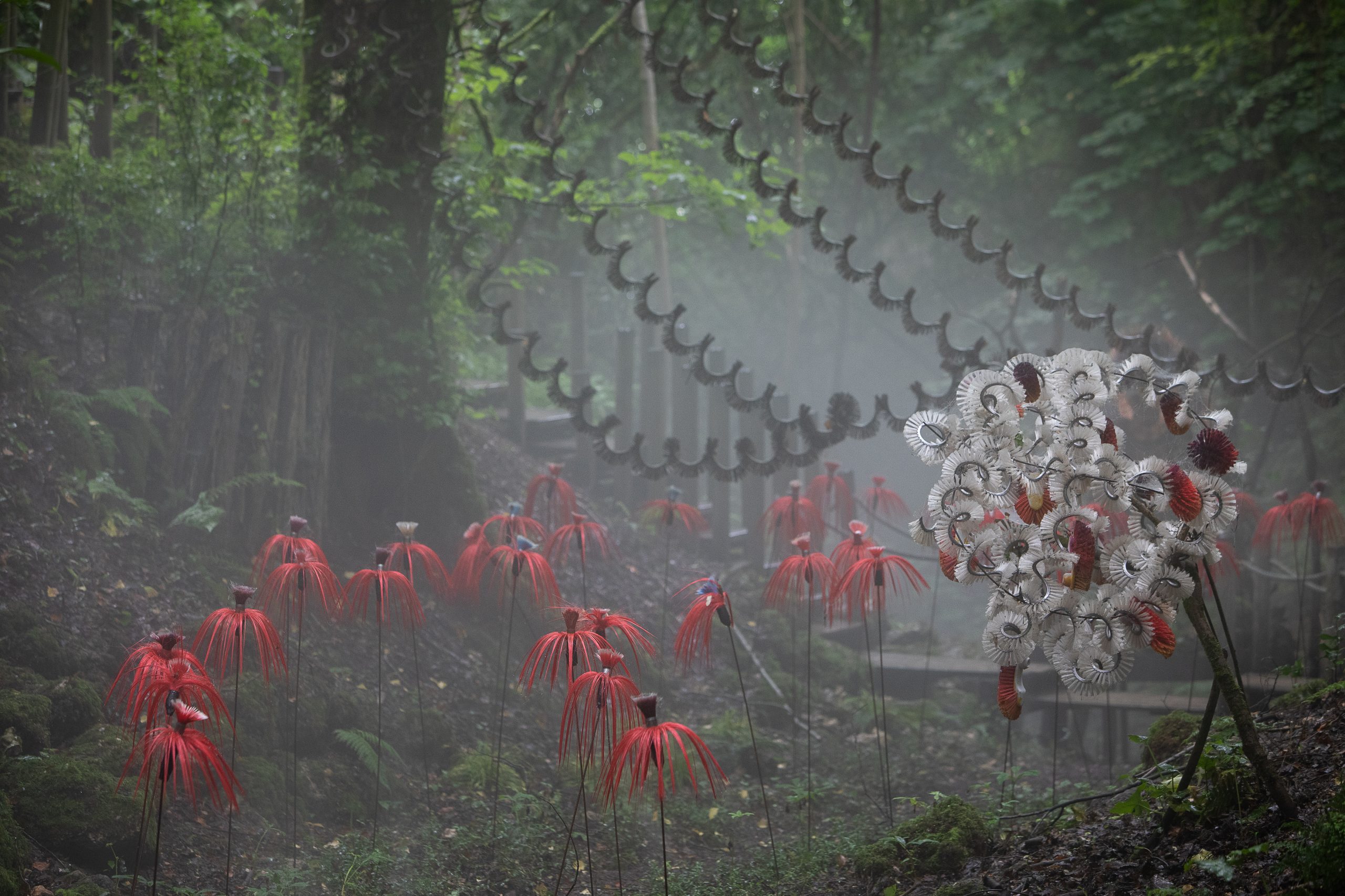
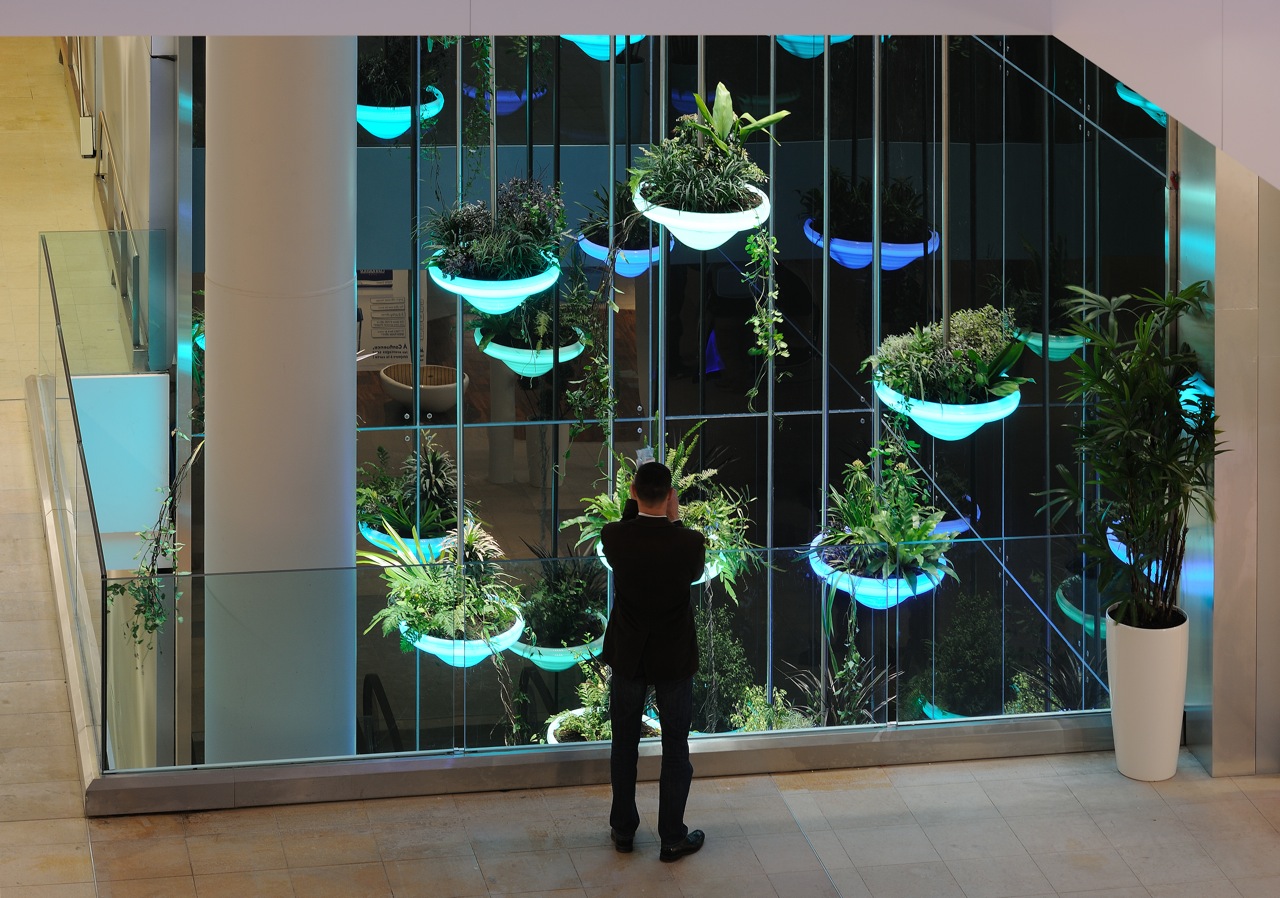
Studio Alexis Tricoire’s website: alexistricoire.fr
Instagram: @tricoiredesign
© Studio Alexis Tricoire